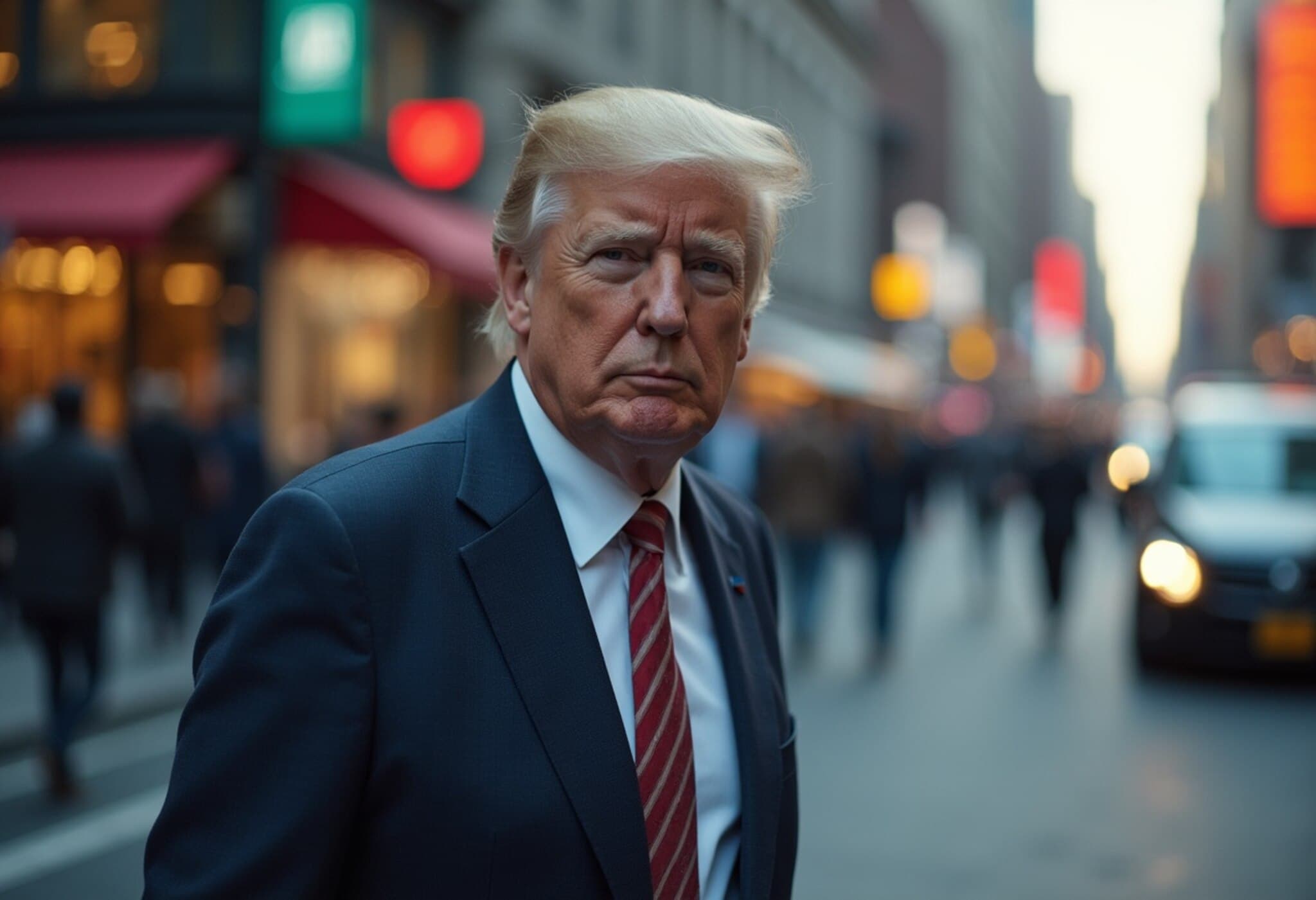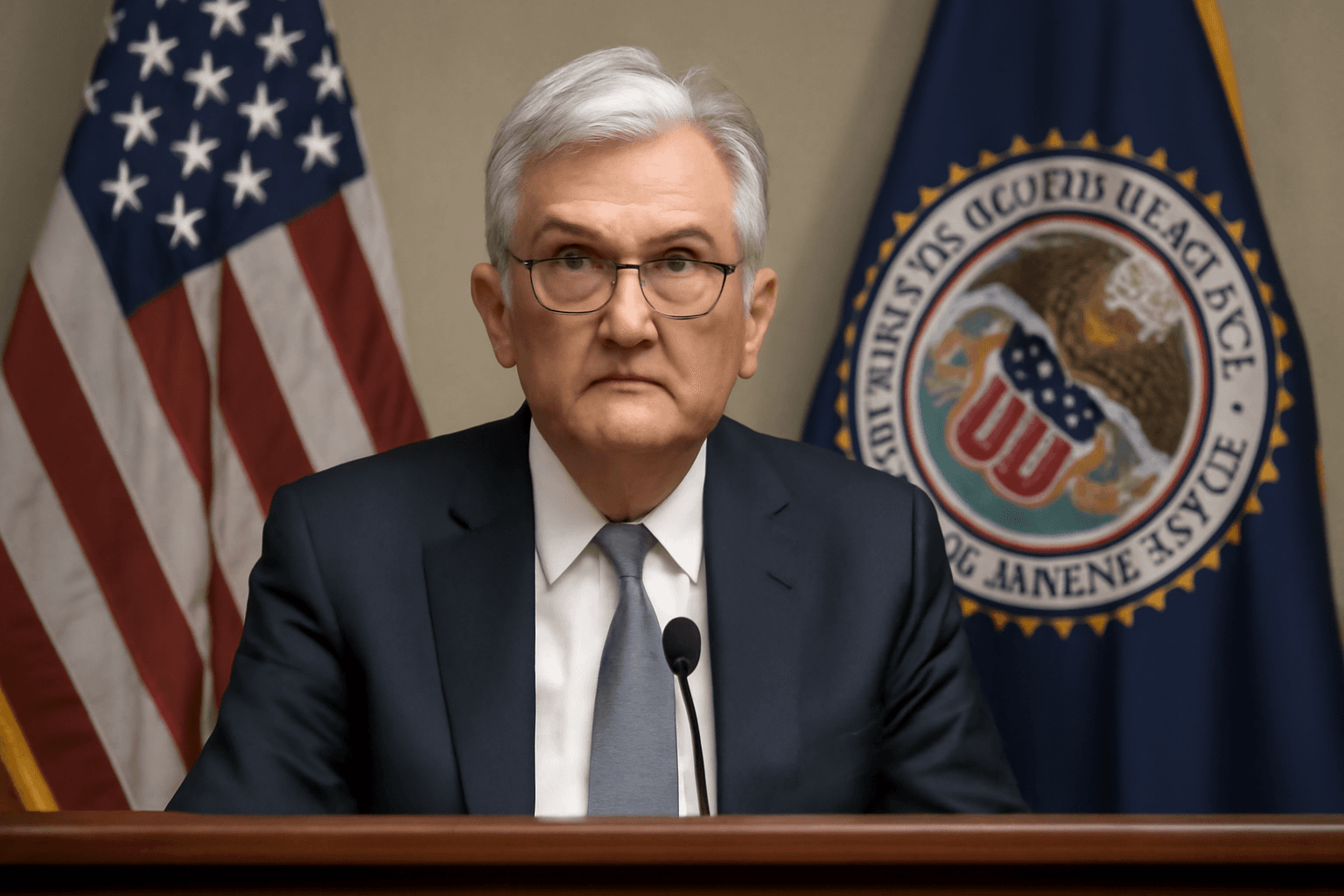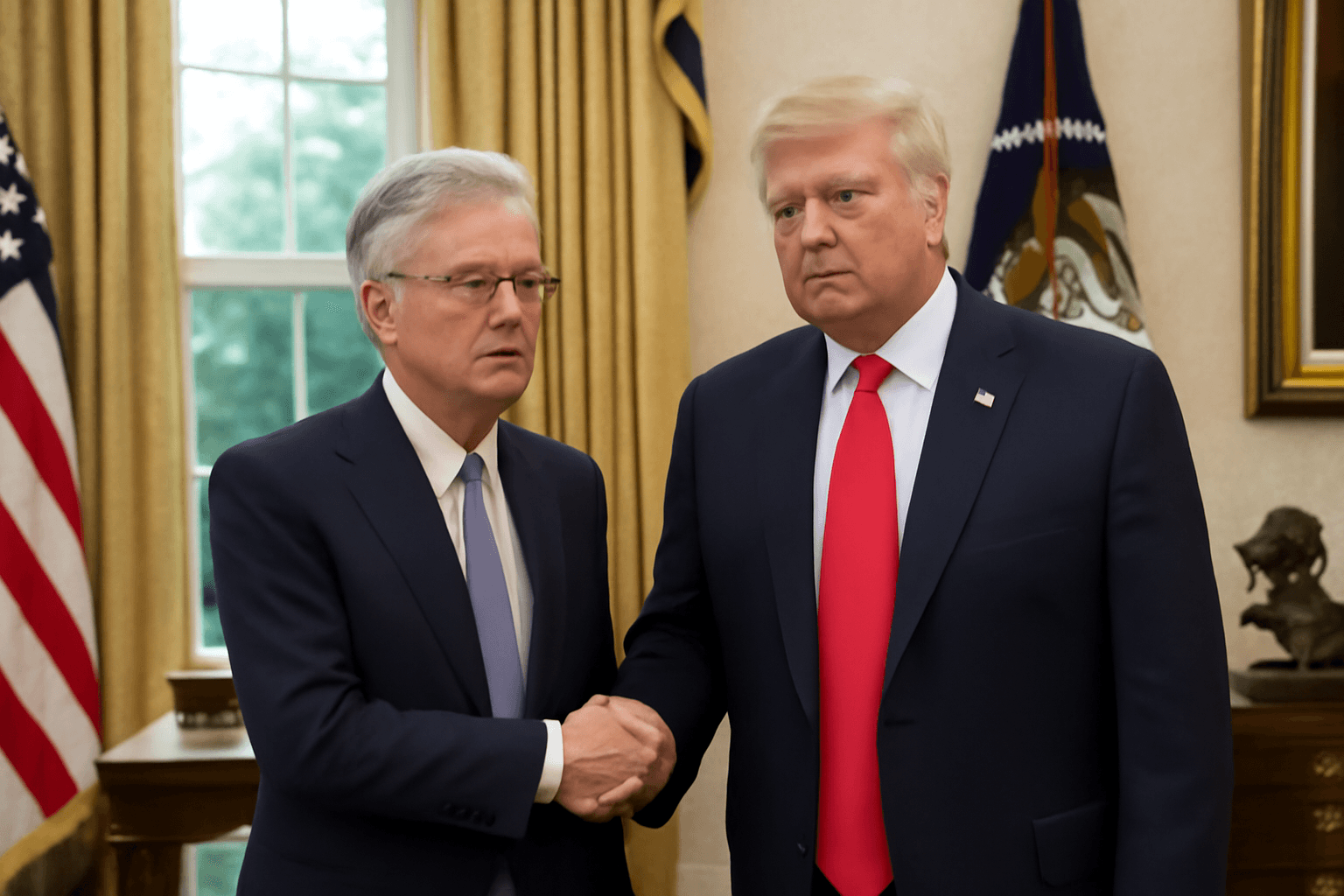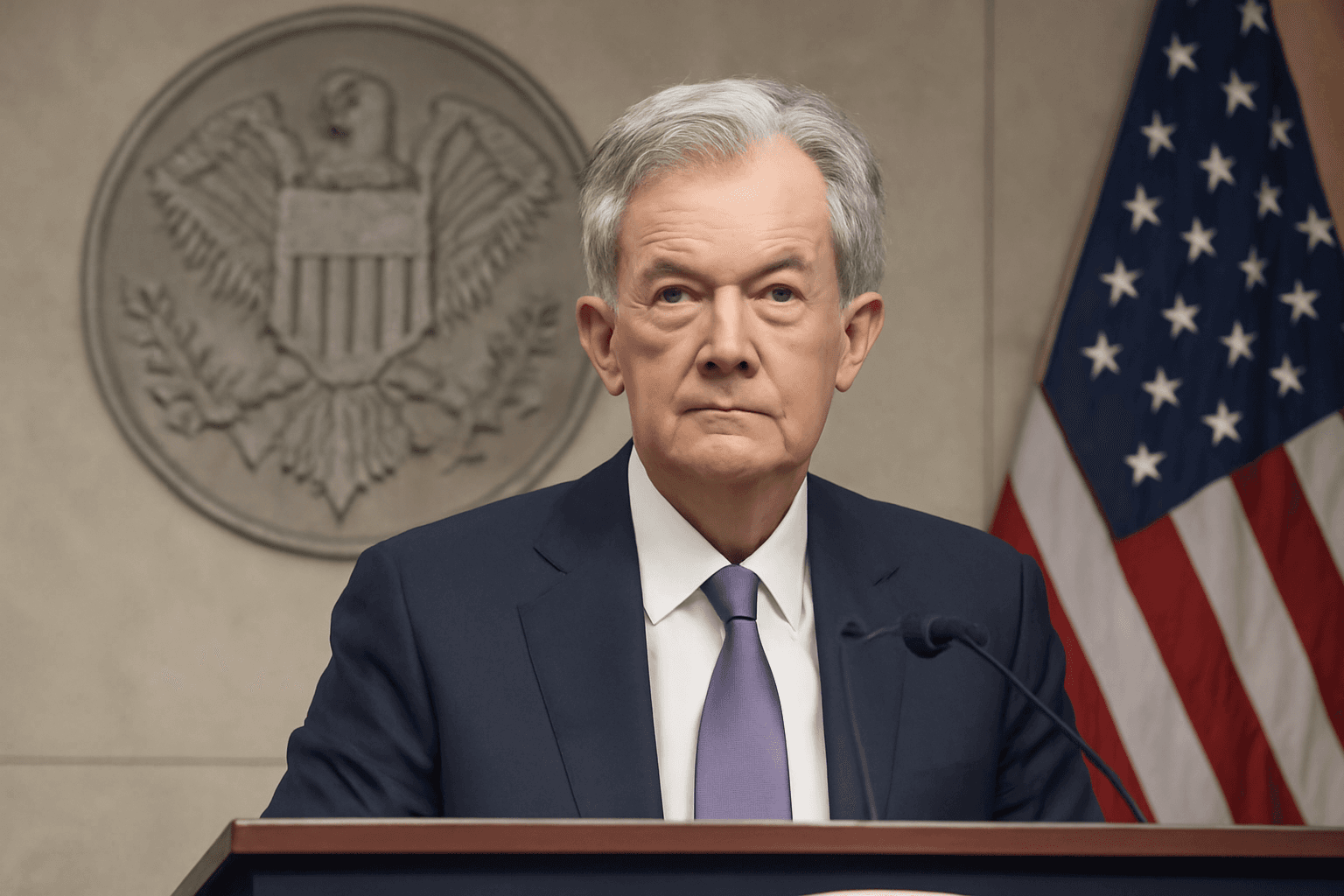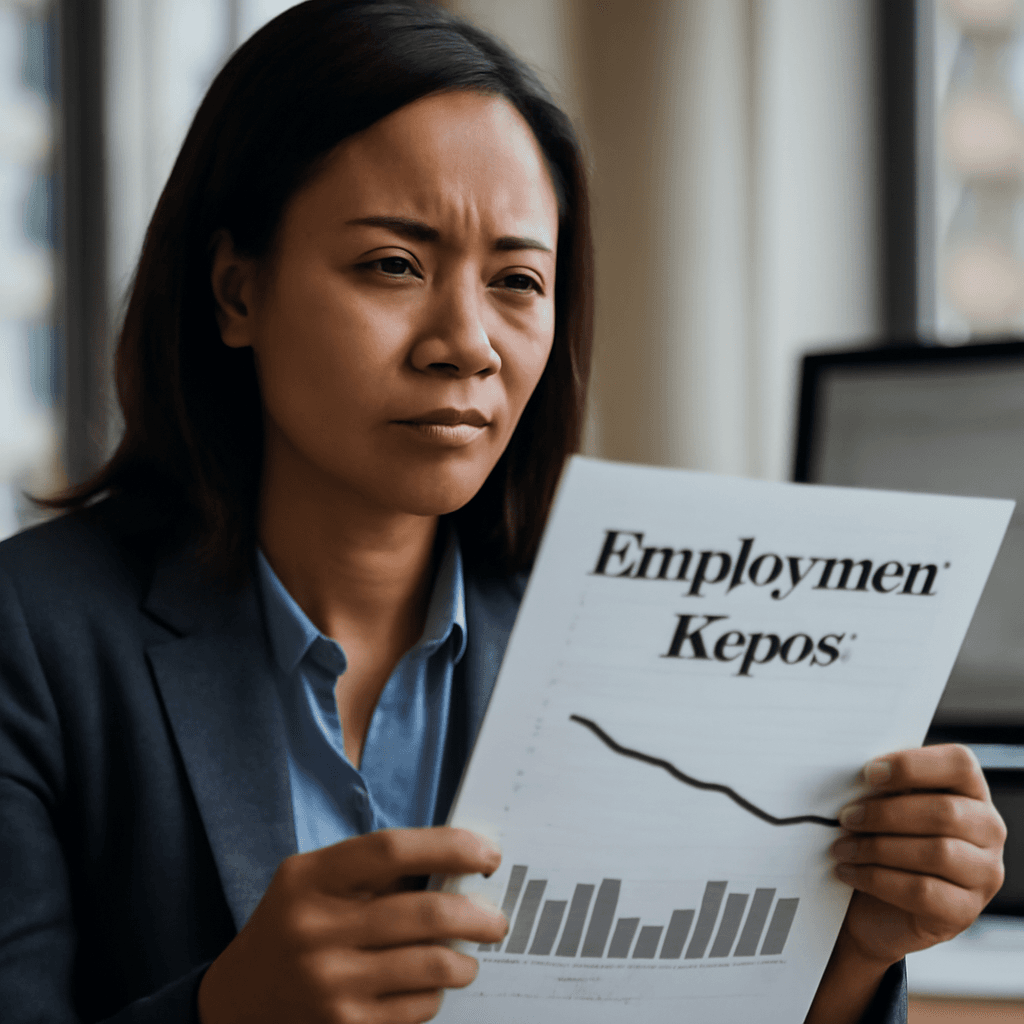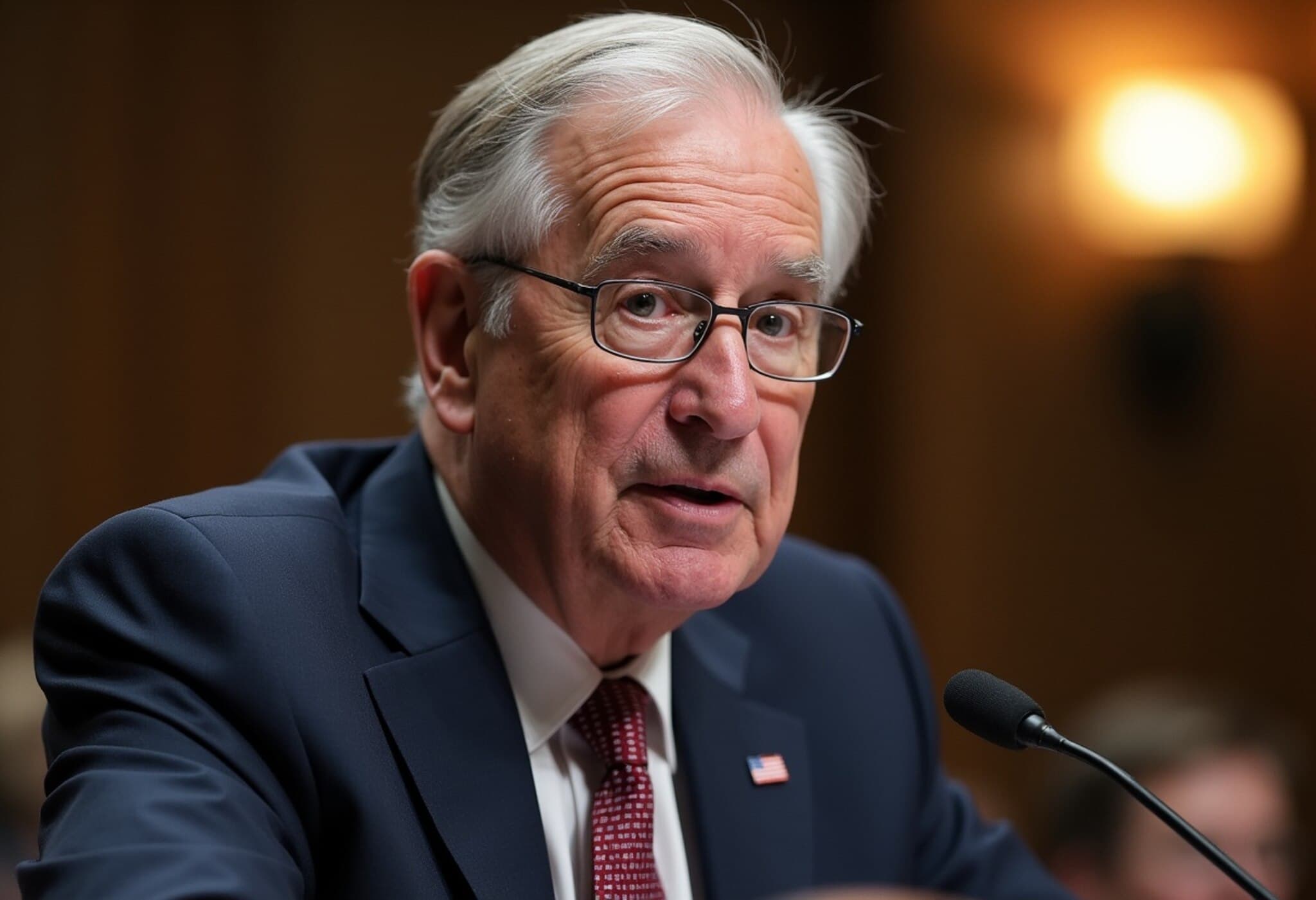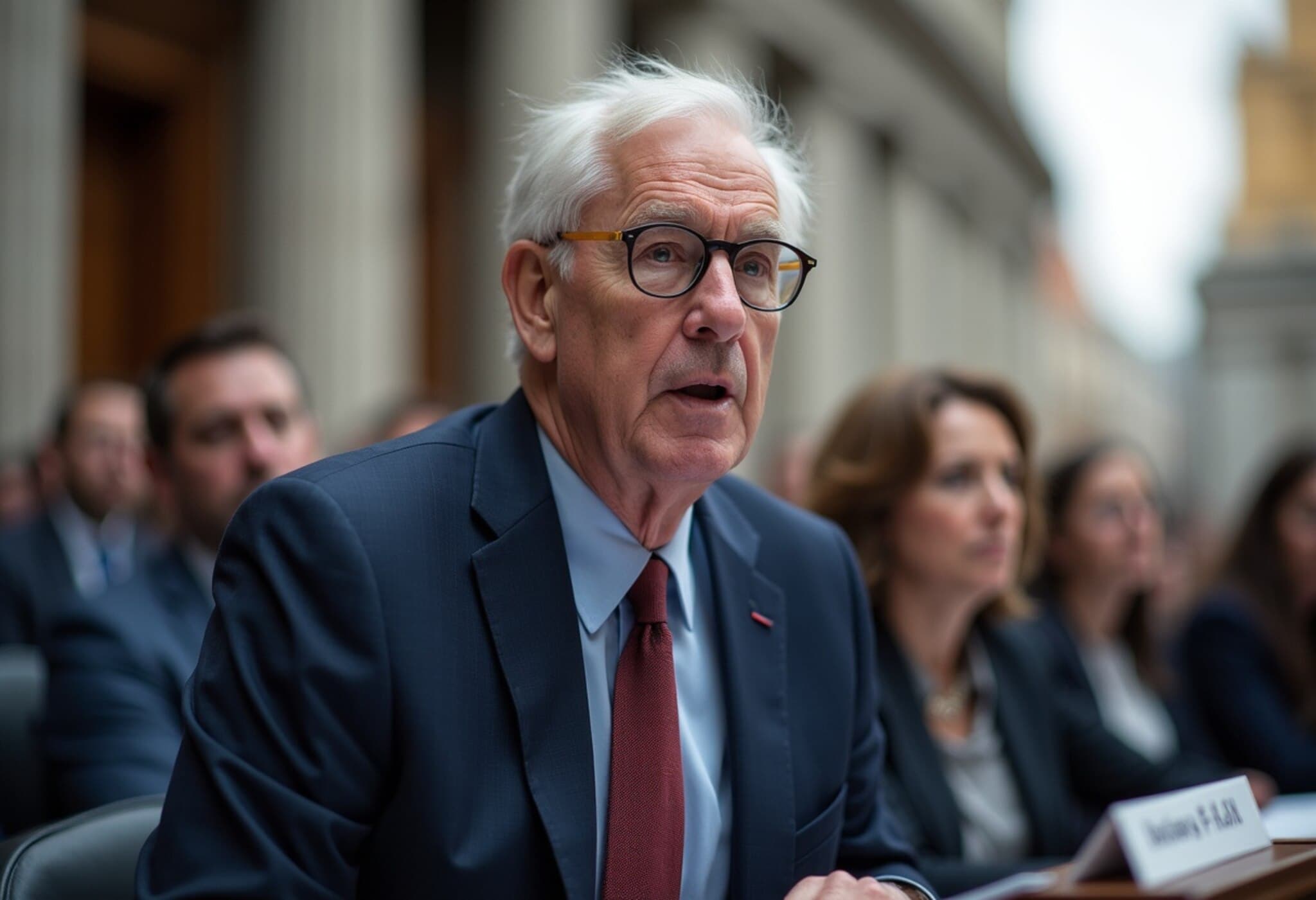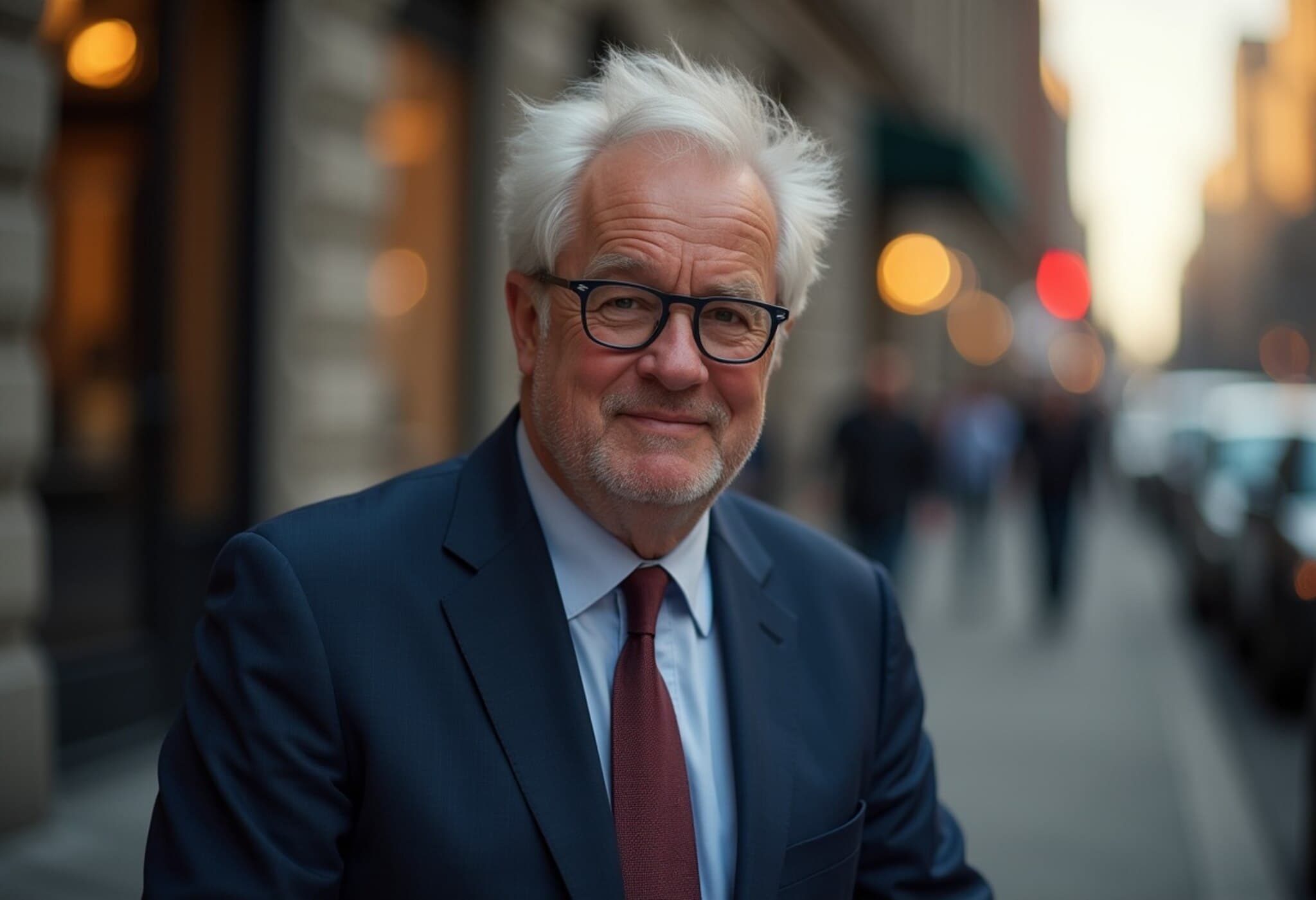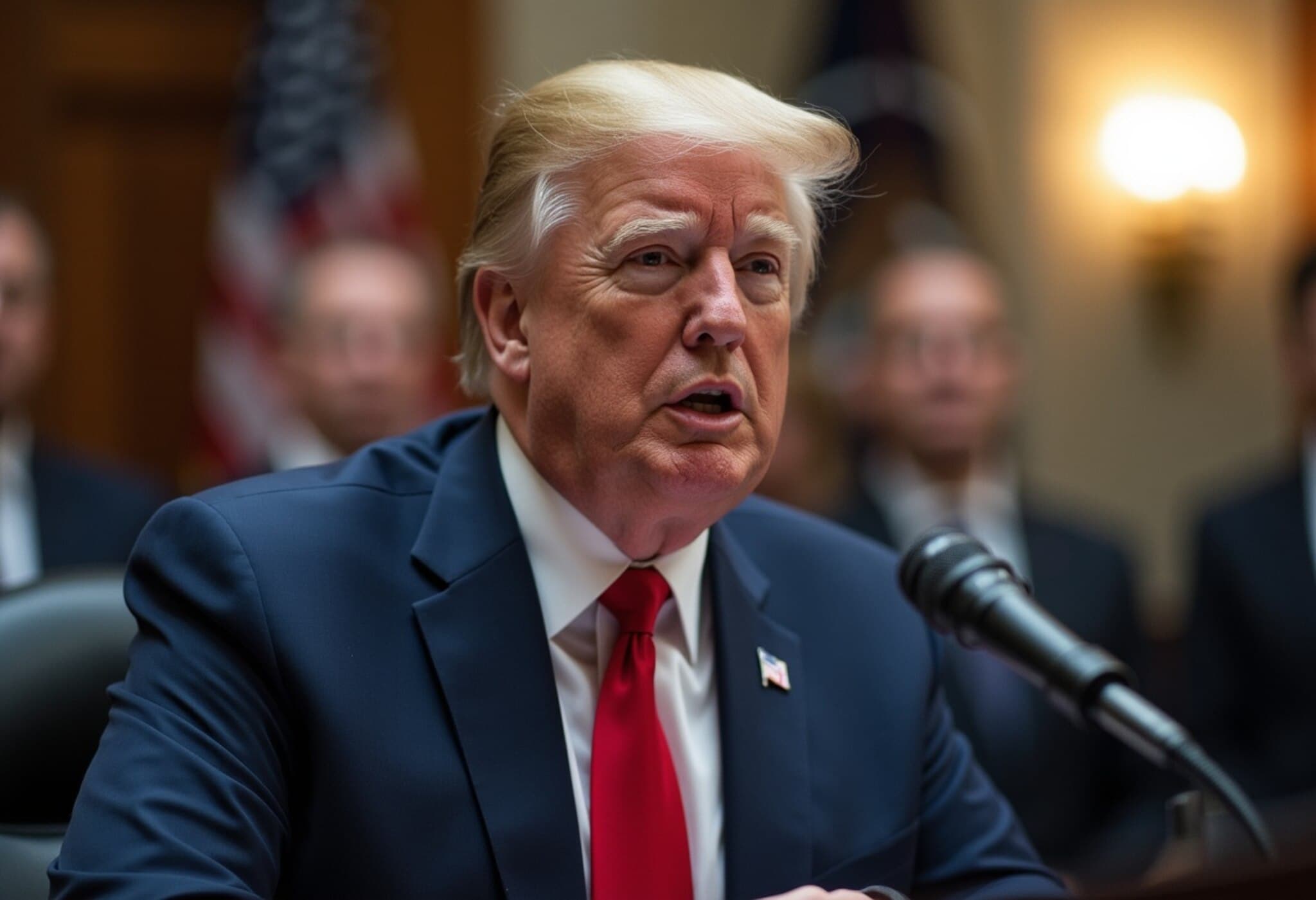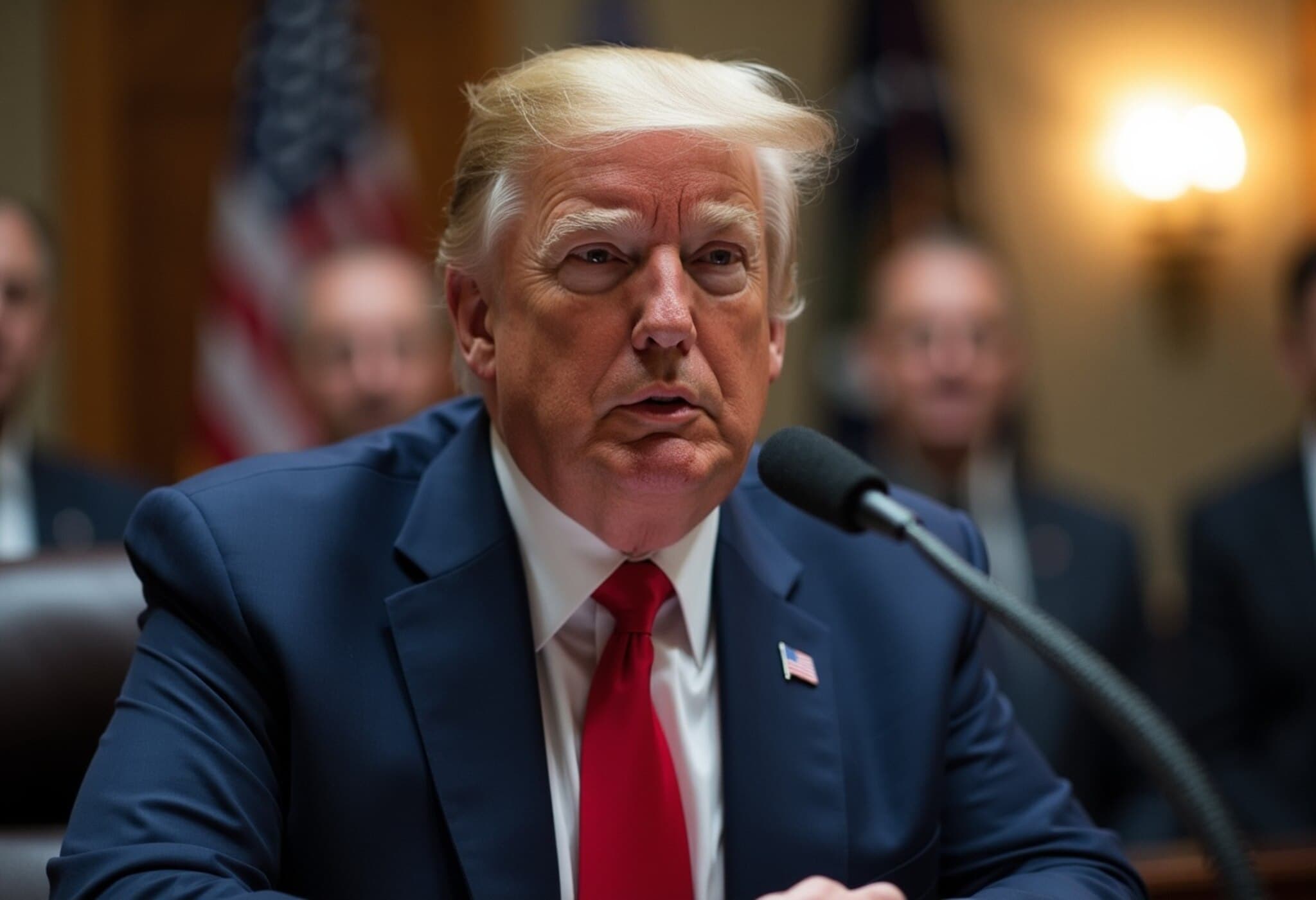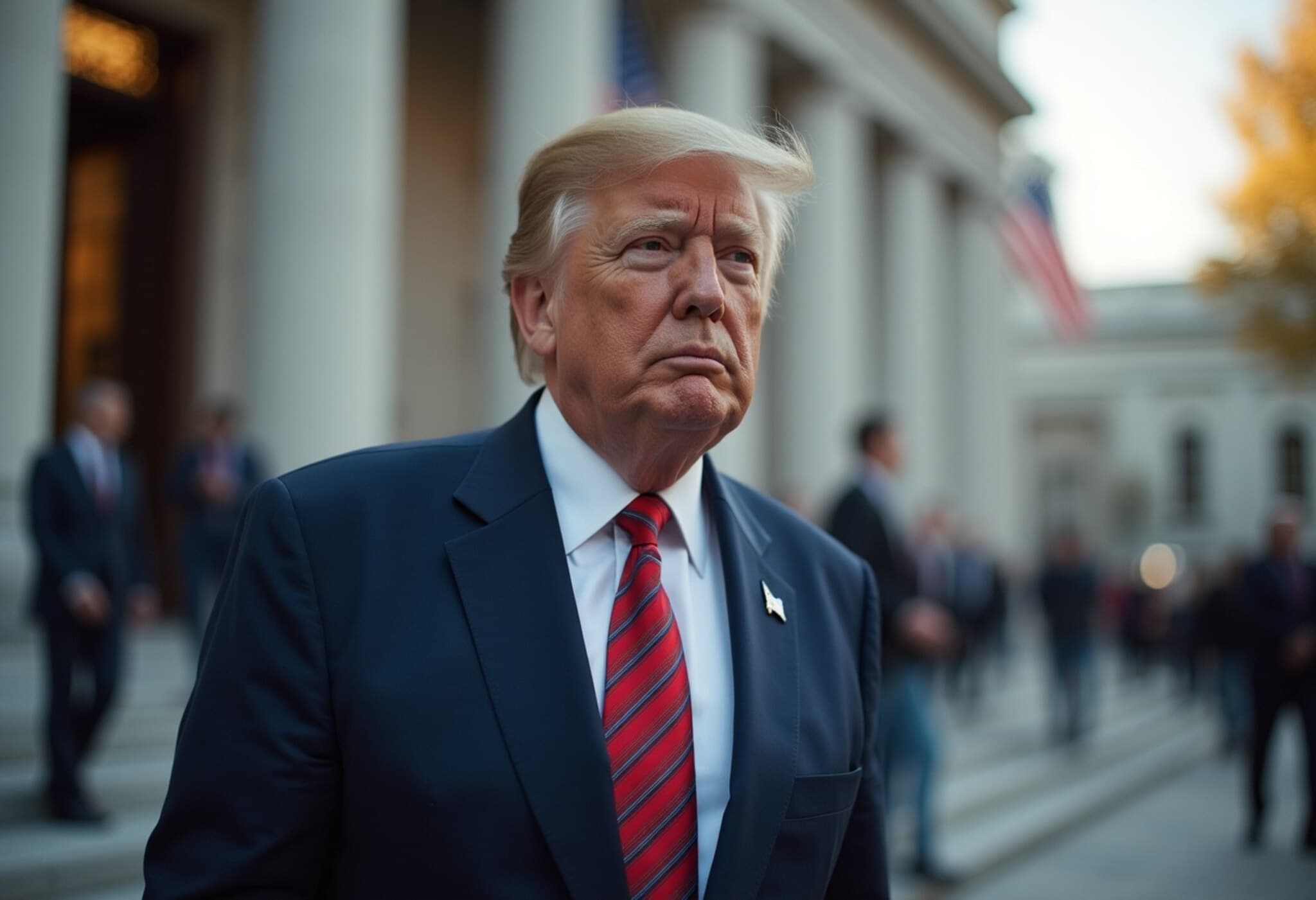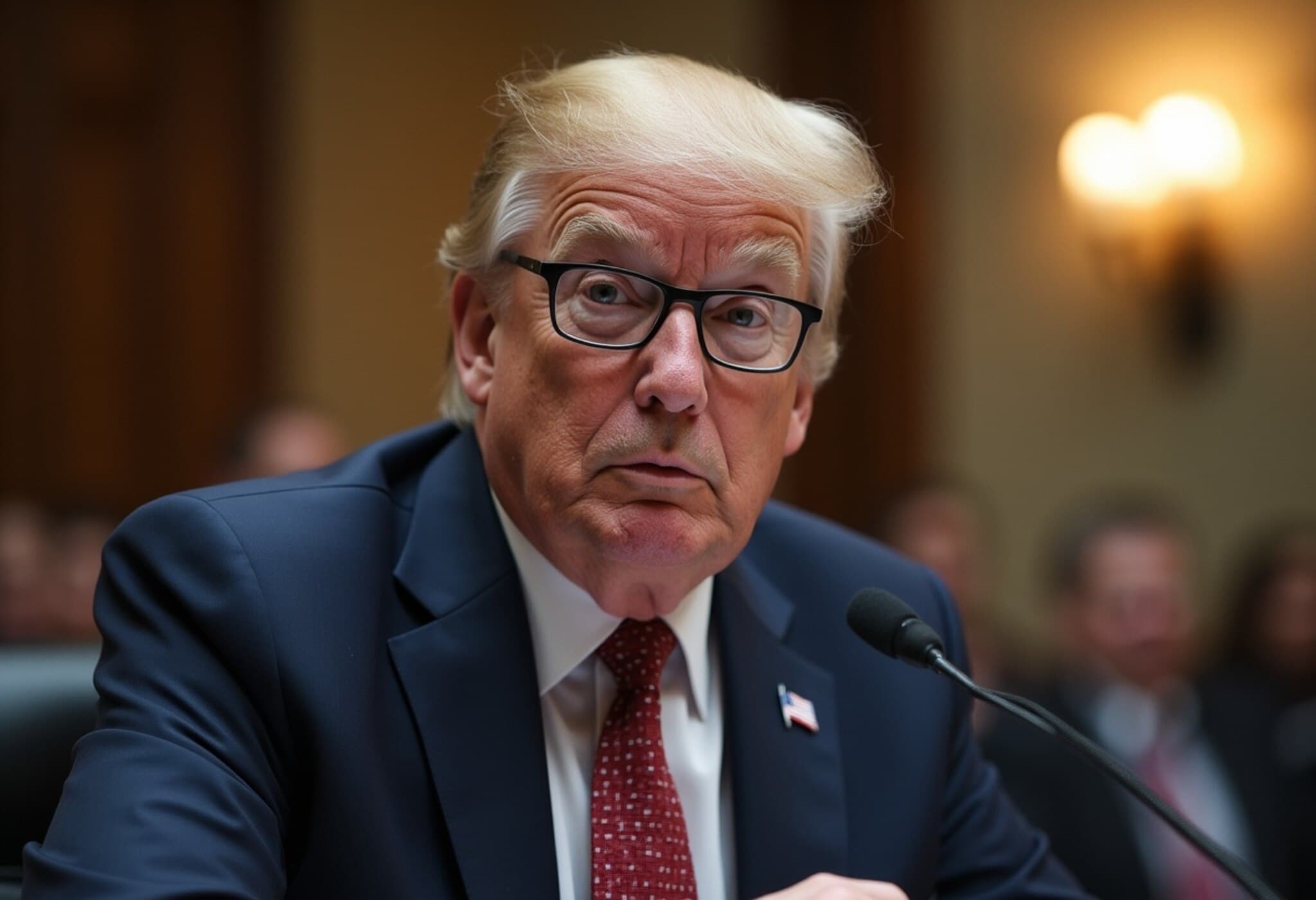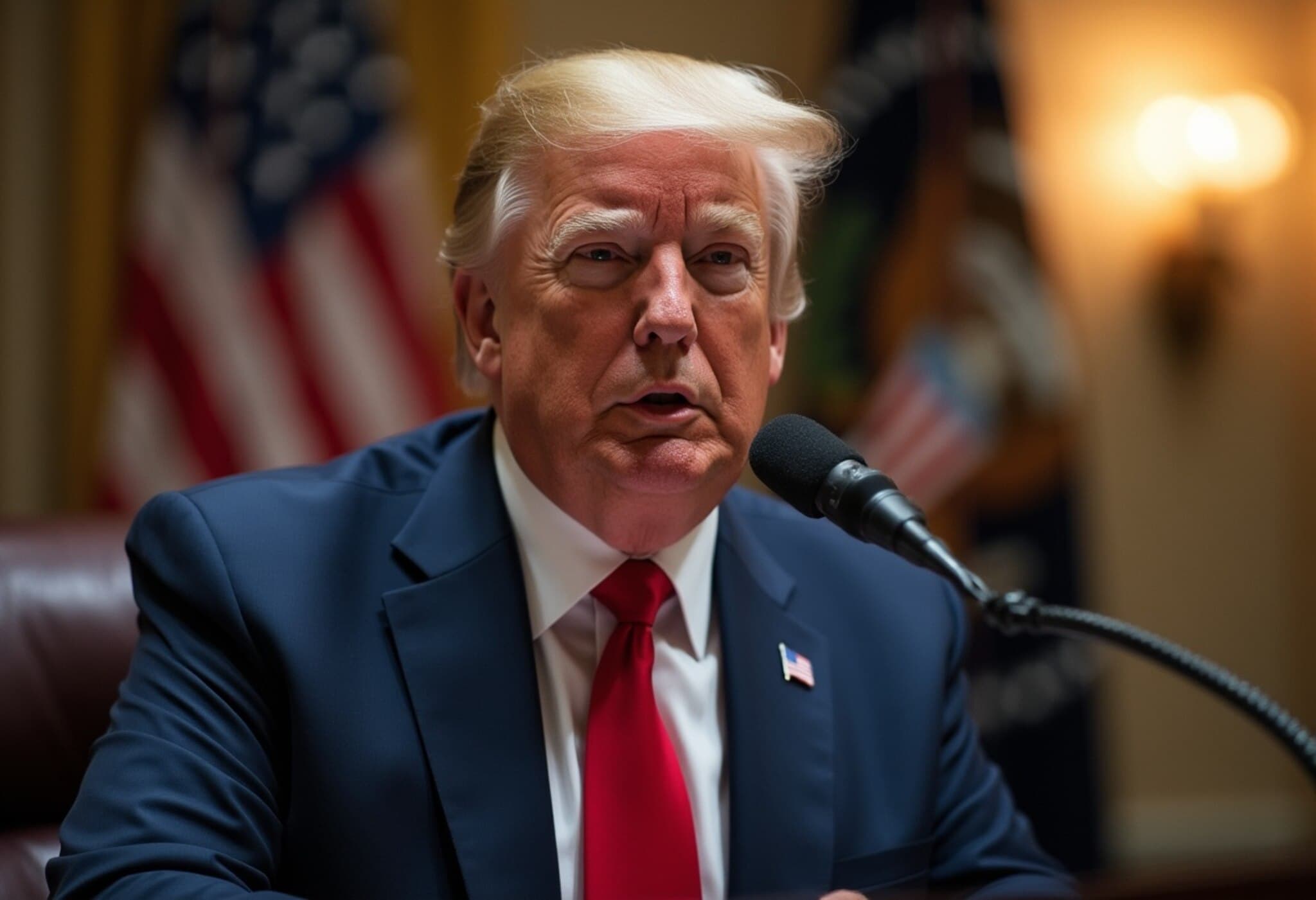Stagflation Concerns Loom Amid Fed Rate Speculations
Despite some easing in the economic outlook, a recent survey of 28 economists, fund managers, and analysts reveals investor apprehension over sluggish growth paired with persistent inflation, suggesting a stagflation scenario ahead. Heightened uncertainty around trade policy and tariffs continues to cloud optimism.
Mixed Signals on Growth and Recession Risks
The probability of a recession within the next year has notably dropped to 38%, down from 53% last month. Yet, it remains elevated compared to early 2025 levels before major tariff announcements. On the growth front, GDP is forecasted to expand around 1.13%, a modest improvement from previous estimates but still less than half of earlier hopes voiced earlier this year.
Trade Policy: A Heavy Cloud of Uncertainty
The survey highlights lingering doubts regarding U.S. trade policies, with 71% of respondents expressing substantial uncertainty. Recent geopolitical tensions, especially in the Middle East, compound these concerns, amplifying volatility for markets already on edge.
Despite these hurdles, over half of those surveyed (54%) expect a new trade agreement to be reached within roughly five months, potentially easing tariff pressures. However, experts warn that even the best-case trade scenarios could prolong elevated tariffs, fueling inflation.
Federal Reserve’s Rate Strategy: Patience Expected, Cuts Delayed
Investor consensus suggests the Federal Reserve will hold interest rates steady through June and likely refrain from cuts until September. Analysts predict two rate reductions in 2025, lowering the funds rate to approximately 3.9% by year-end, followed by only a single modest cut in 2026.
There is some divergence in views on how the Fed might respond if inflation rises alongside sluggish growth—about 54% foresee rate cuts in such a scenario, while nearly 40% expect the Fed to maintain current rates.
Tariff-Driven Inflation Debates
Opinions are split on tariff impacts: 43% believe tariffs will trigger one-time price hikes, while 32% worry they could spark broader, persistent inflation. Furthermore, 61% anticipate tariff-related inflation will intensify in the coming months beyond current levels.
Economic Resilience Amid Challenges
Despite these risks—including elevated interest rates, budget deficits, and trade tensions—the economy continues to show surprising resilience. Consumers remain active spenders, and businesses are investing heavily in forward-looking sectors like artificial intelligence, life sciences, and defense technology.
The stock market outlook reflects cautious optimism: the S&P 500 is projected to rise 1.7% this year to about 6,133, with a stronger 10% gain anticipated by the end of 2026. However, 58% of survey participants consider current equity prices overvalued.
Looking Ahead
- Trade resolution is key to alleviating inflation pressures and restoring investor confidence.
- The Federal Reserve is expected to adopt a cautious approach, balancing slow growth with inflation risks.
- The market remains alert to geopolitical and policy shifts that could disrupt recovery momentum.

